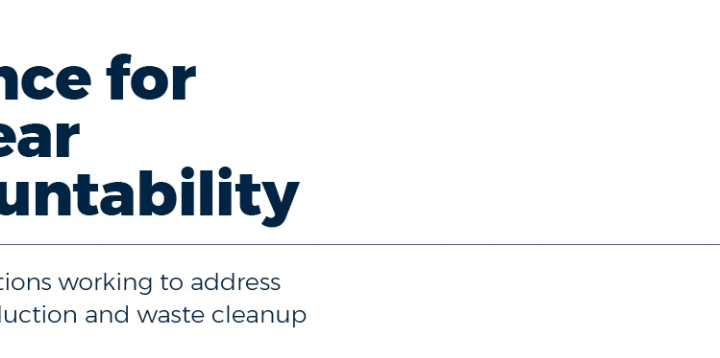FY 2022 National Defense Authorization Act: The Bad News.
As Politico put it:
PROGRESSIVES’ PENTAGON POUNDING: … progressives barely put their stamp on Pentagon policy this go-round. Bipartisan provisions requiring women to register for the draft, cracking down on Saudi Arabia and imposing sanctions on Russia were nixed; legislation repealing outdated Iraq war authorizations fell by the wayside; reforms to the military justice system and efforts to combat extremism in the ranks were pared back; and a proposal to give Washington, D.C., control of its National Guard was dropped,” they wrote. Democrats hold power in the House, Senate and White House for the first time in more than a decade, yet the high-profile defense bill got more GOP votes than from Biden’s own party. As progressive lawmakers made their dissatisfaction with the bill’s high price tag clear, centrist Democrats knew they needed Republican support to pass the House and Senate.”
Progressives truly felt they had a historic chance to turn their priorities into policy, but the realities of a 50-50 Senate with no filibuster made that near impossible. And with midterms next year, it’s likely they missed their best chance.
Nuclear weapons: Congress added $500 million to Biden’s request for NNSA Total Weapons Activities, which was essentially Trump’s request to begin with. Trump’s Sea-Launched Cruise Missile and B83 (1.2 megatons) service life program were kept. $1.72 billion request for “Plutonium Modernization” authorized.
- However, the NDAA is authorization, not appropriations. The 2nd Continuing Resolution runs until February after which the appropriators will have to come up with something. There’s a chance that the Sea-Launched Cruise Missile and B83 sustainment program could be shot down. While those would be notable victories, they really only amount to damage control (i.e., rolling back two of Trump’s pet projects) as the $1.7 trillion modernization beast lumbers on.



